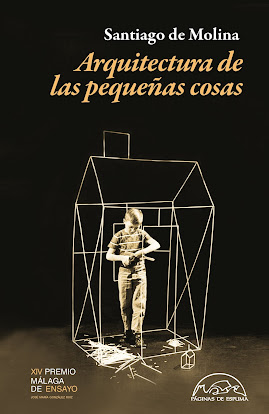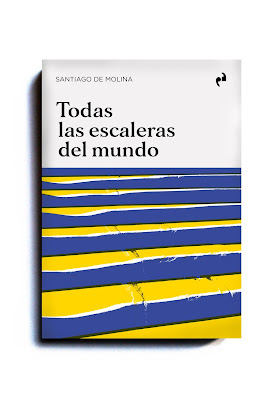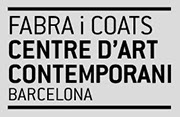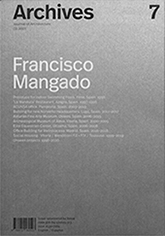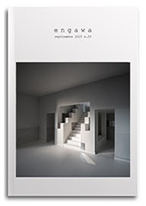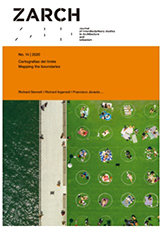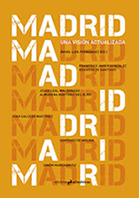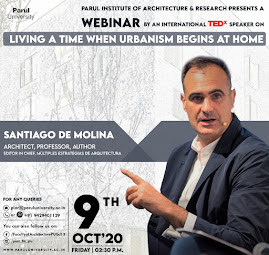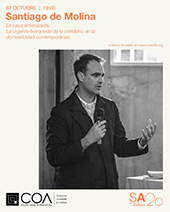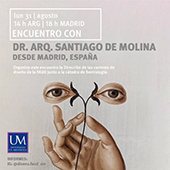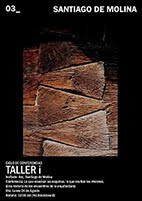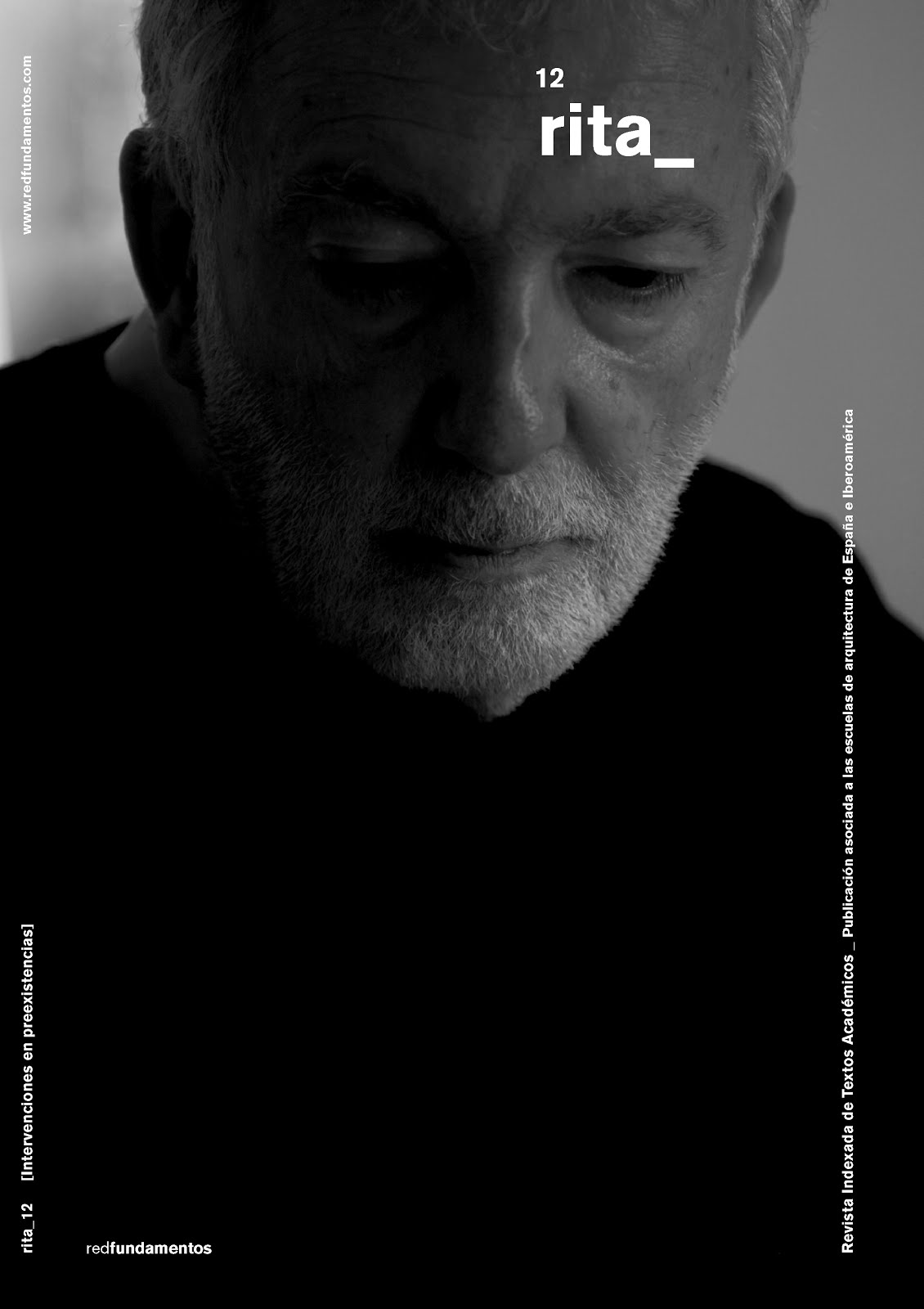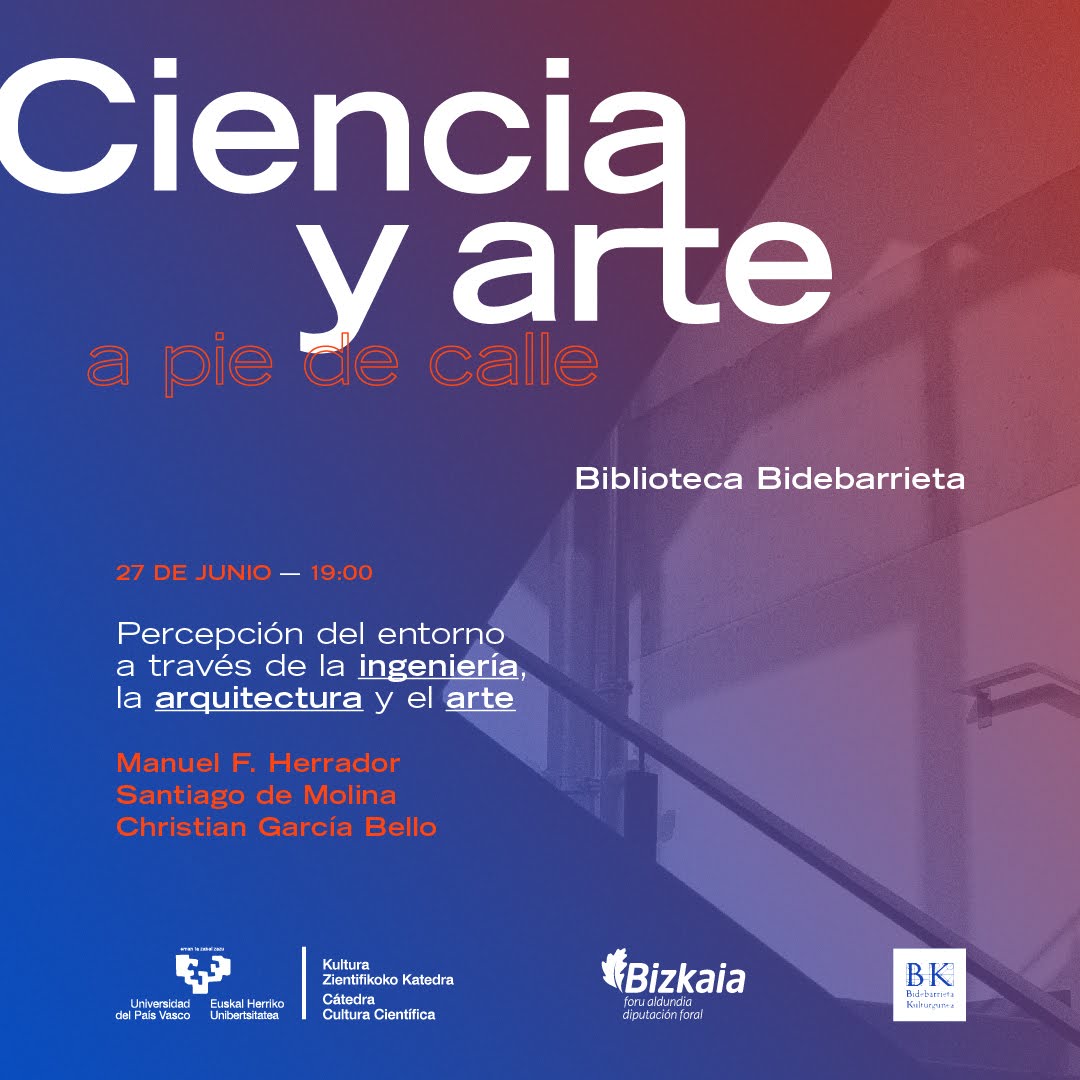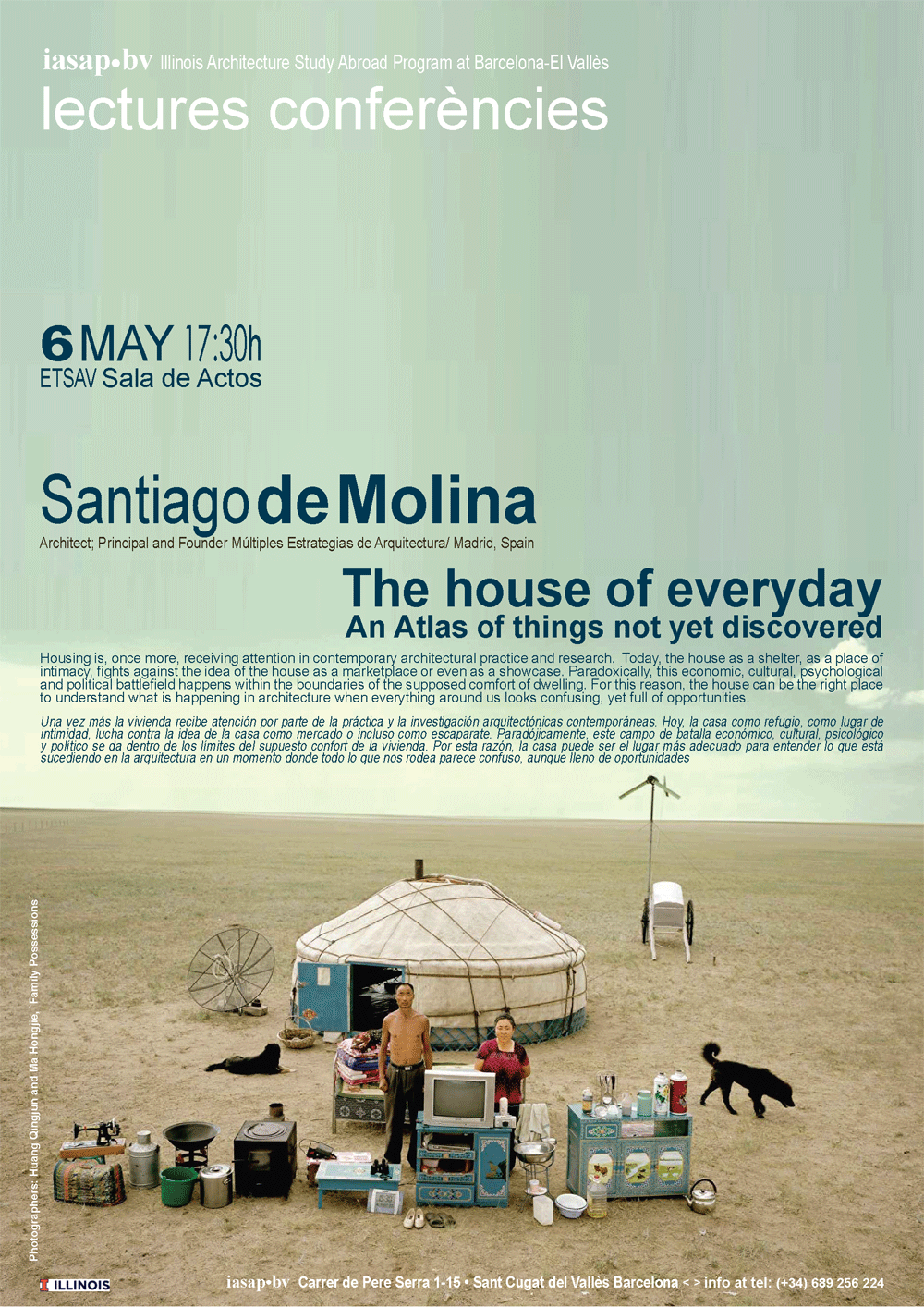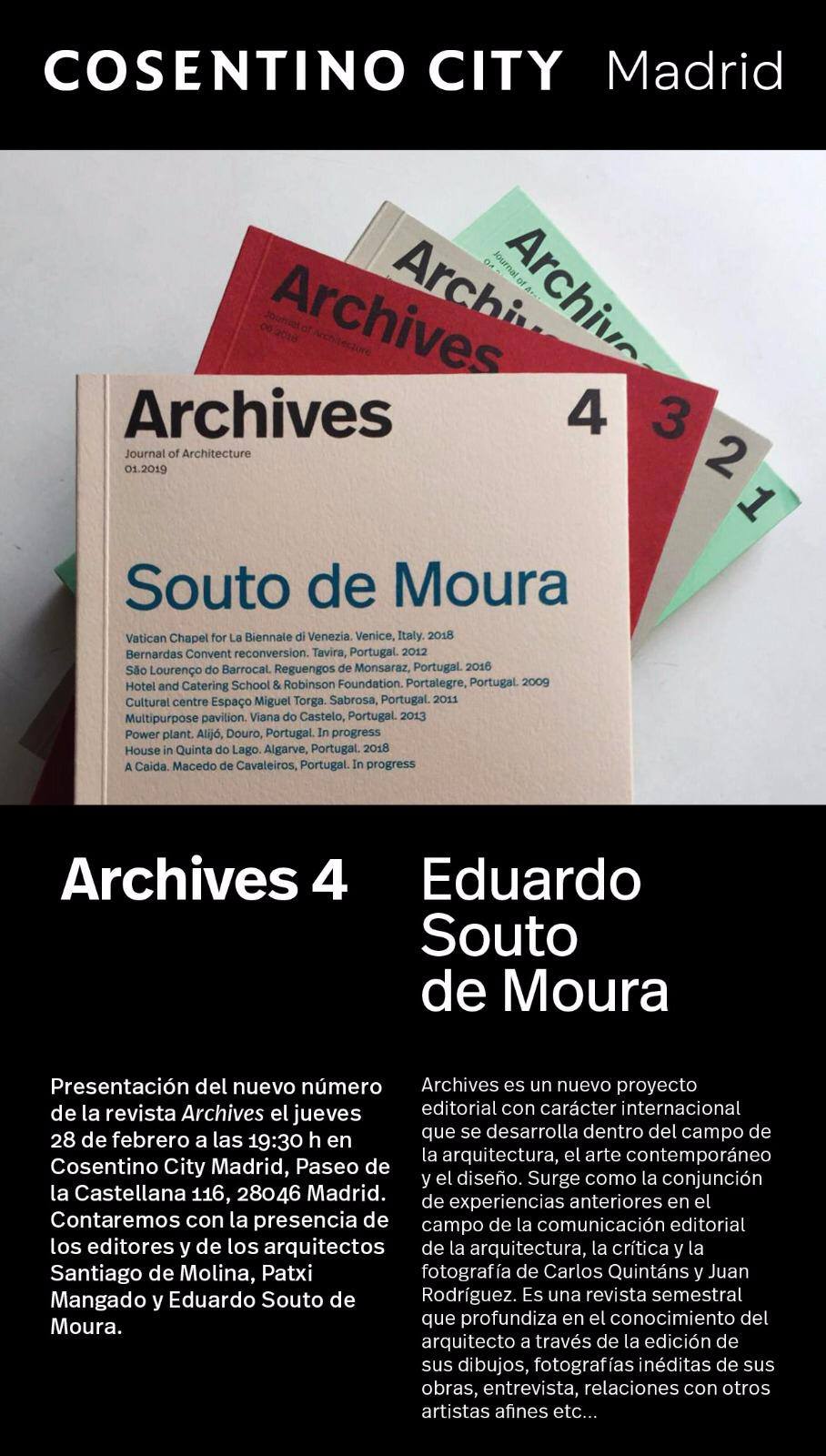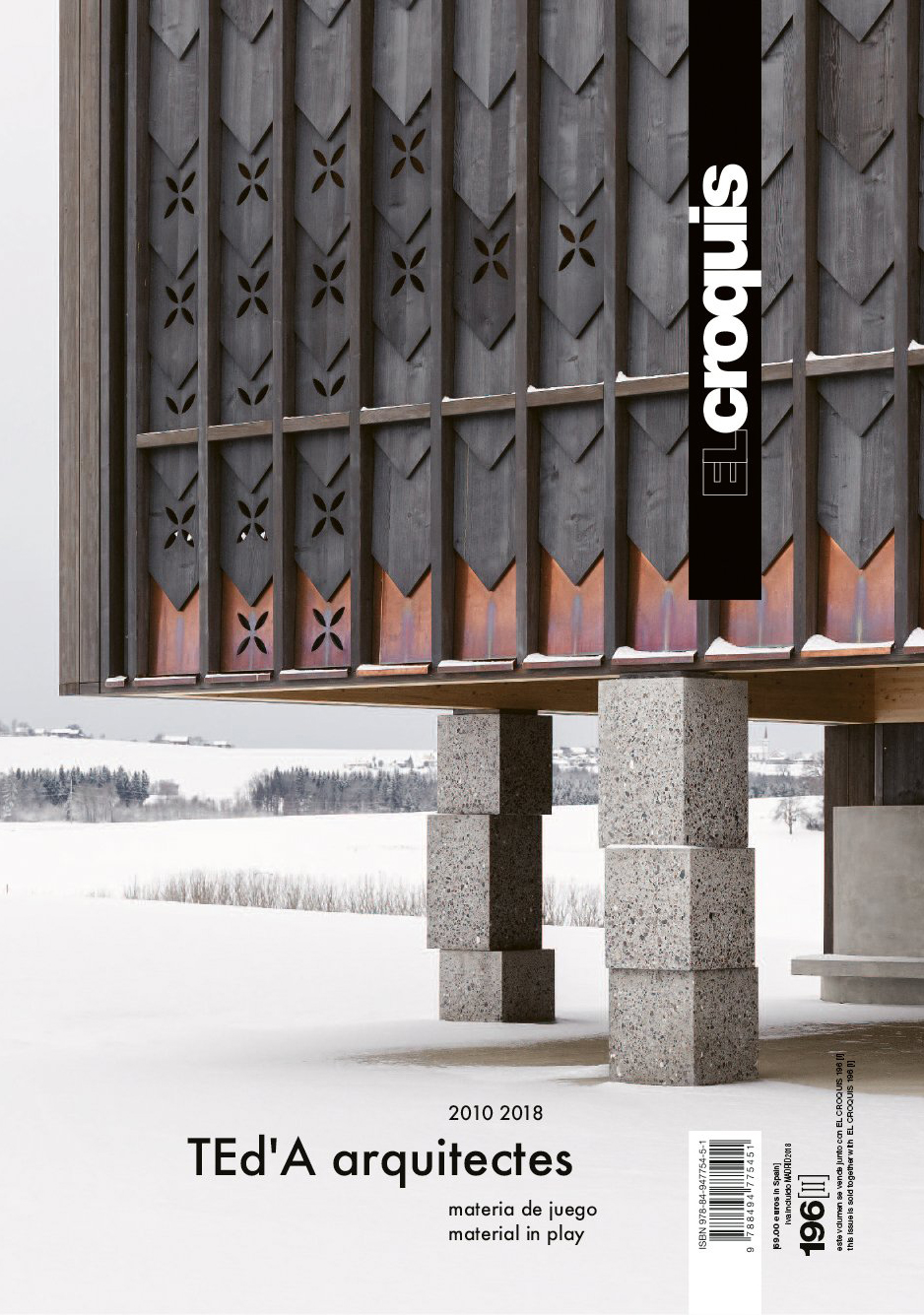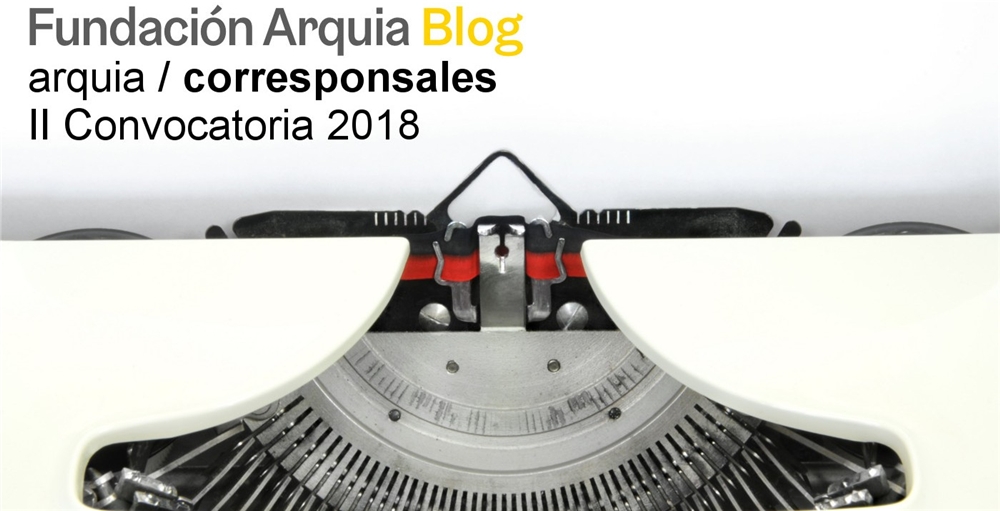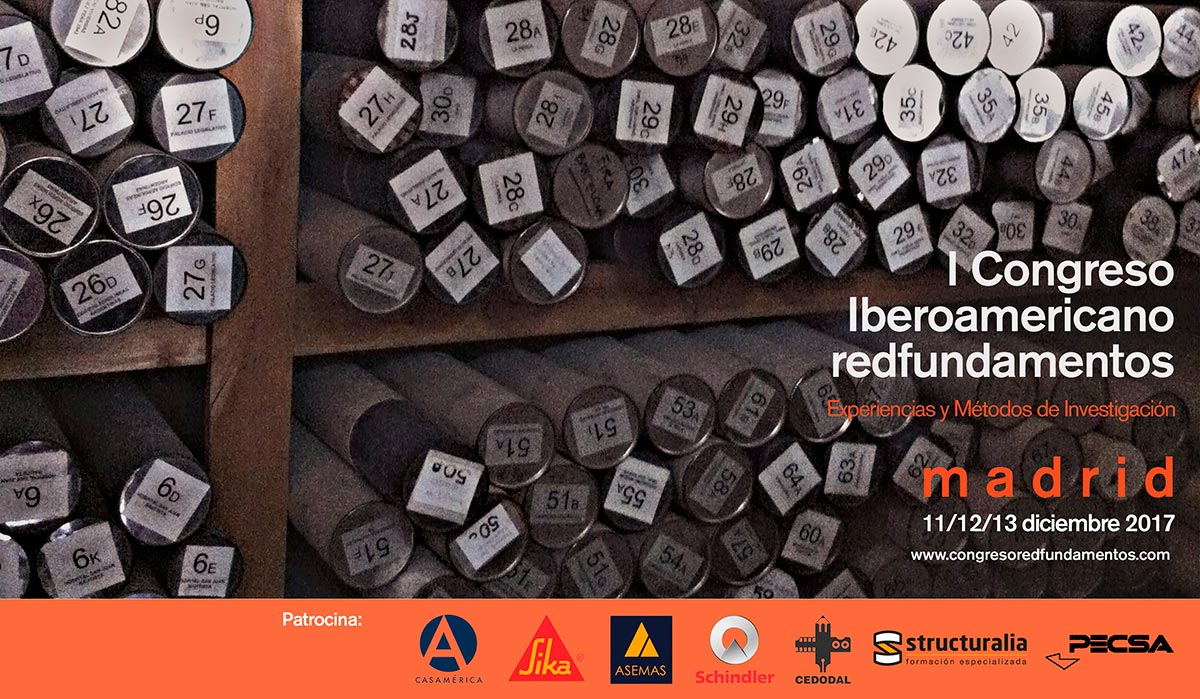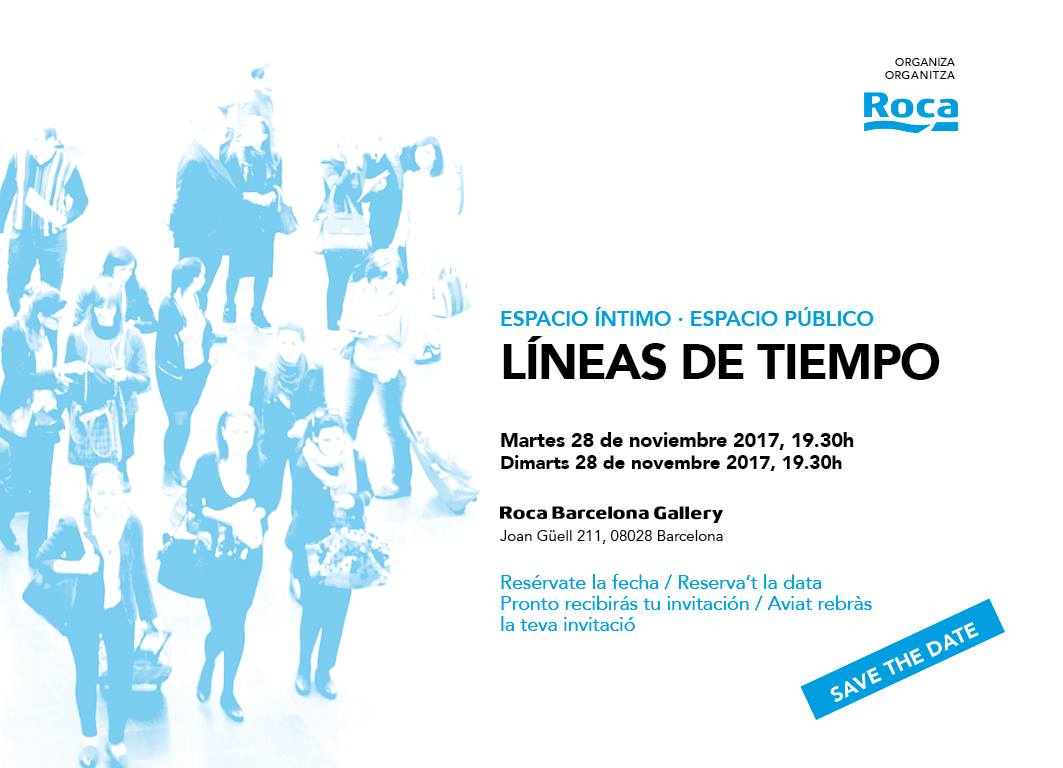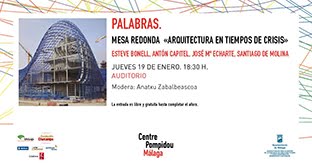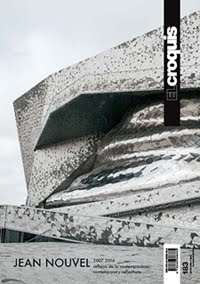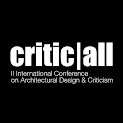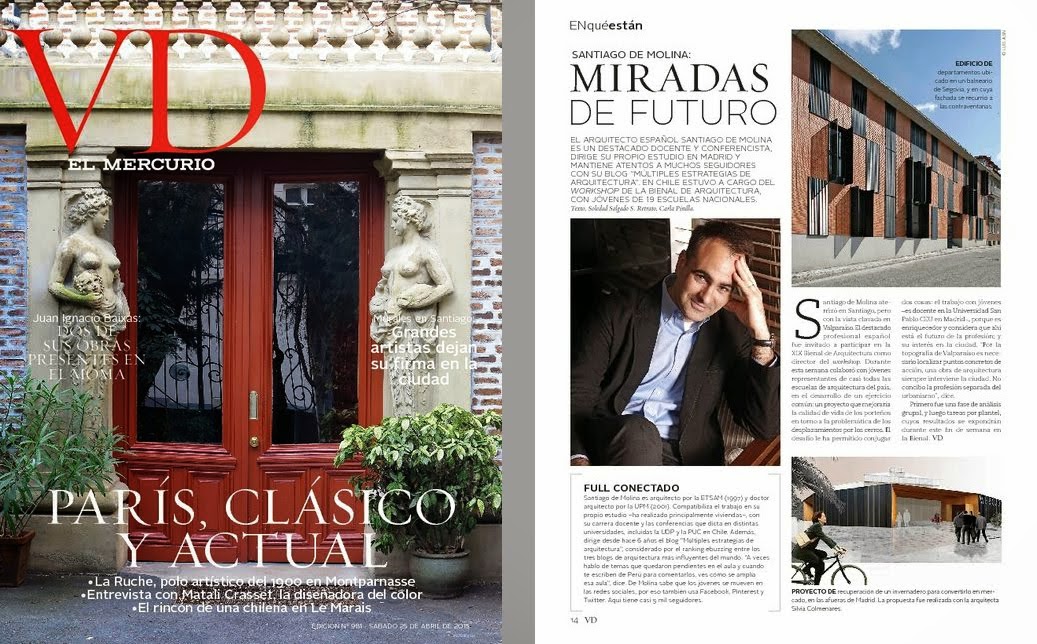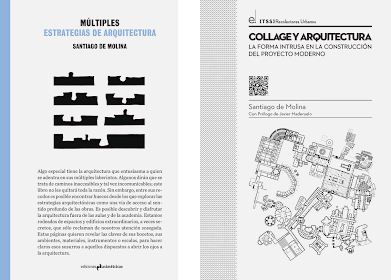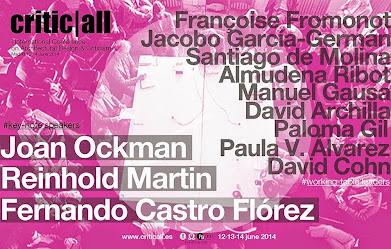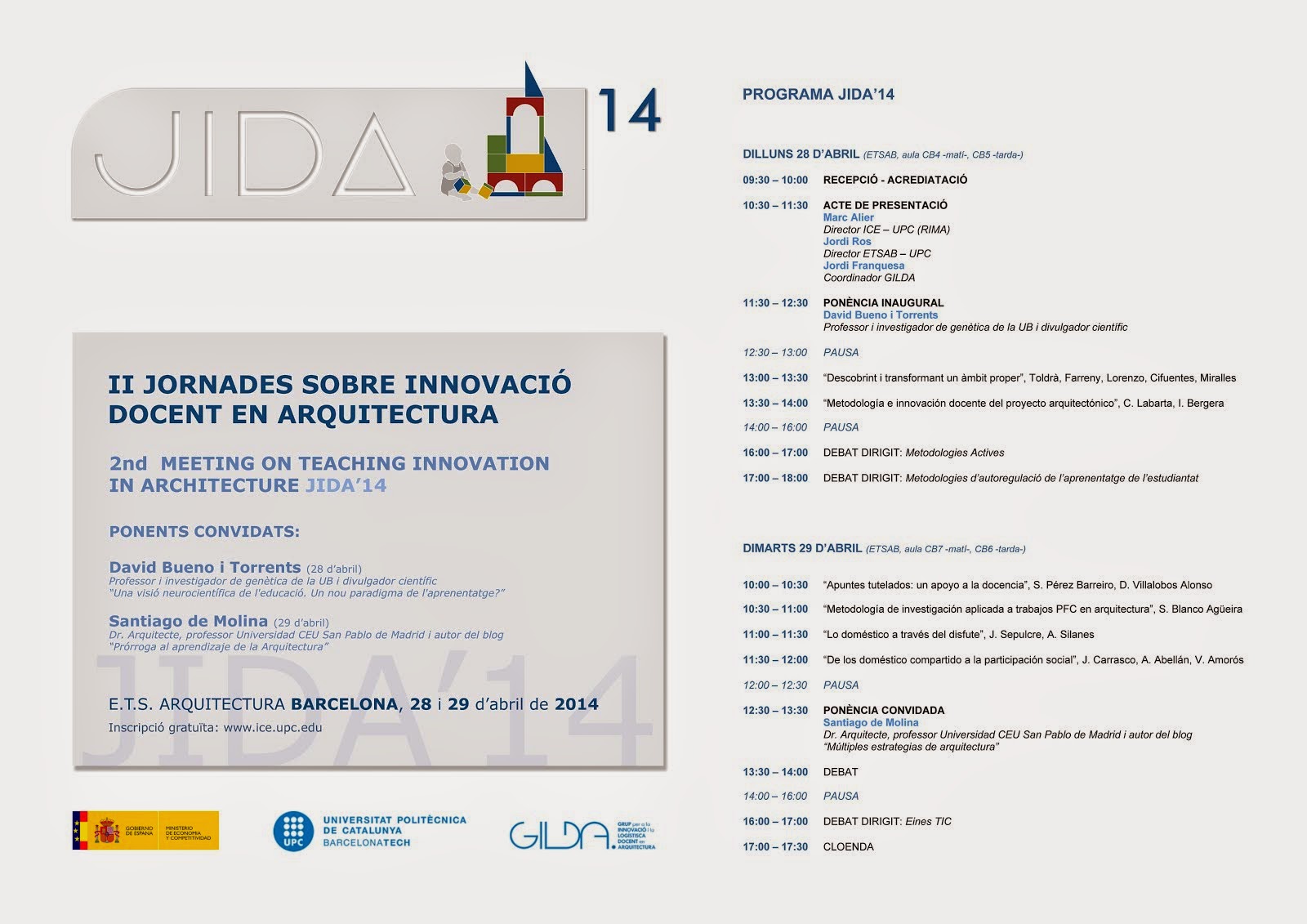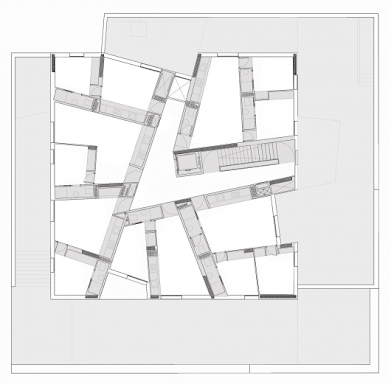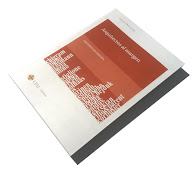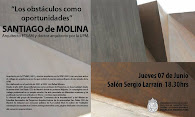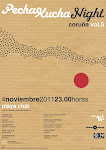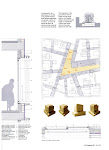La mina más profunda conocida, situada en Sudáfrica, desciende cuatro kilómetros. Al fondo de semejante pozo, brilla el oro. Esa bajada, como puede imaginarse, se hace en ascensor. La mina de Sal “Wieliczka” en Polonia emplea 800 escalones para bajar 327 metros. No hay un ‘más allá’ en lo profundo valiéndonos de unas escaleras. Más allá, solo encontramos la misma idea de bajar, que, de alguna manera, es semejante a la línea del horizonte, pero de lo vertical: algo que resulta inalcanzable por definición. Si ahondamos en esto, la idea de lo vertical, infinitamente y hacia abajo, hay que mencionar que se trata de una pulsión que solo puede ser propia de nuestro planeta y que por mucho que encuentre en las escaleras una imagen icónica, se diluye de inmediato en cuanto nos asomamos a ese otro infinito vertical hacia arriba que es un firmamento poblado de estrellas.
Por su parte, las escaleras de la vida diaria ni llegan tan alto, ni caen tan bajo. La escalera más larga conocida tiene 11.674 escalones y corre paralela a la pendiente del Monte Niesen, en Suiza. Sin embargo, en absoluto atiende a esa idea vertiginosa de una bajada infinita por mucho que en su descenso privado de profundidad sea de mil setecientos metros... Así pues y llegados a este punto, el único remedio para ir al fondo, como ontología, es la literatura, gracias a Dante o a Julio Verne o al cine y sus "vértigos". Tal vez el intento de bajar sin fin sea solo eso, una idea extrema de lo profundo, muy difícilmente alcanzable por ese modesto conjuntos de pisas y tabicas. Por mucho que podamos pensar que su repetición ilimitada puede conducirnos a ese hondo lugar bajo nuestros pies.
The deepest known mine, located in South Africa, descends four kilometers. At the bottom of such well, gold shines. That descent, as you can imagine, is done by elevator. The Salt Mine "Wieliczka" in Poland uses 800 steps to descend 327 meters. There is no 'beyond' in the deep using stairs. Beyond, we only find the same idea of descending, which, in some way, is similar to the horizon line, but vertical: something that is unattainable by definition. If we delve into this, the idea of the vertical, infinitely and downwards, it should be mentioned that it is a drive that can only be unique to our planet and that although it finds in the stairs an iconic image, it immediately dilutes as soon as we peek at that other infinite vertical upwards that is a firmament populated with stars.
For their part, the stairs of daily life neither reach so high, nor fall so low. The longest known staircase has 11,674 steps and runs parallel to the slope of Mount Niesen, in Switzerland. However, it does not attend to that dizzying idea of an infinite descent even though its private descent devoid of depth is one thousand seven hundred meters... Thus, and having reached this point, the only remedy to go to the bottom, as ontology, remains literature, thanks to Dante or Jules Verne or cinema and its "vertigos". Perhaps the attempt to descend endlessly is just that, an extreme idea of the deep, very difficult to reach by this modest set of risers and treads. No matter how much we can think that their neverending repetition can lead us to that deep place under our feet.






















